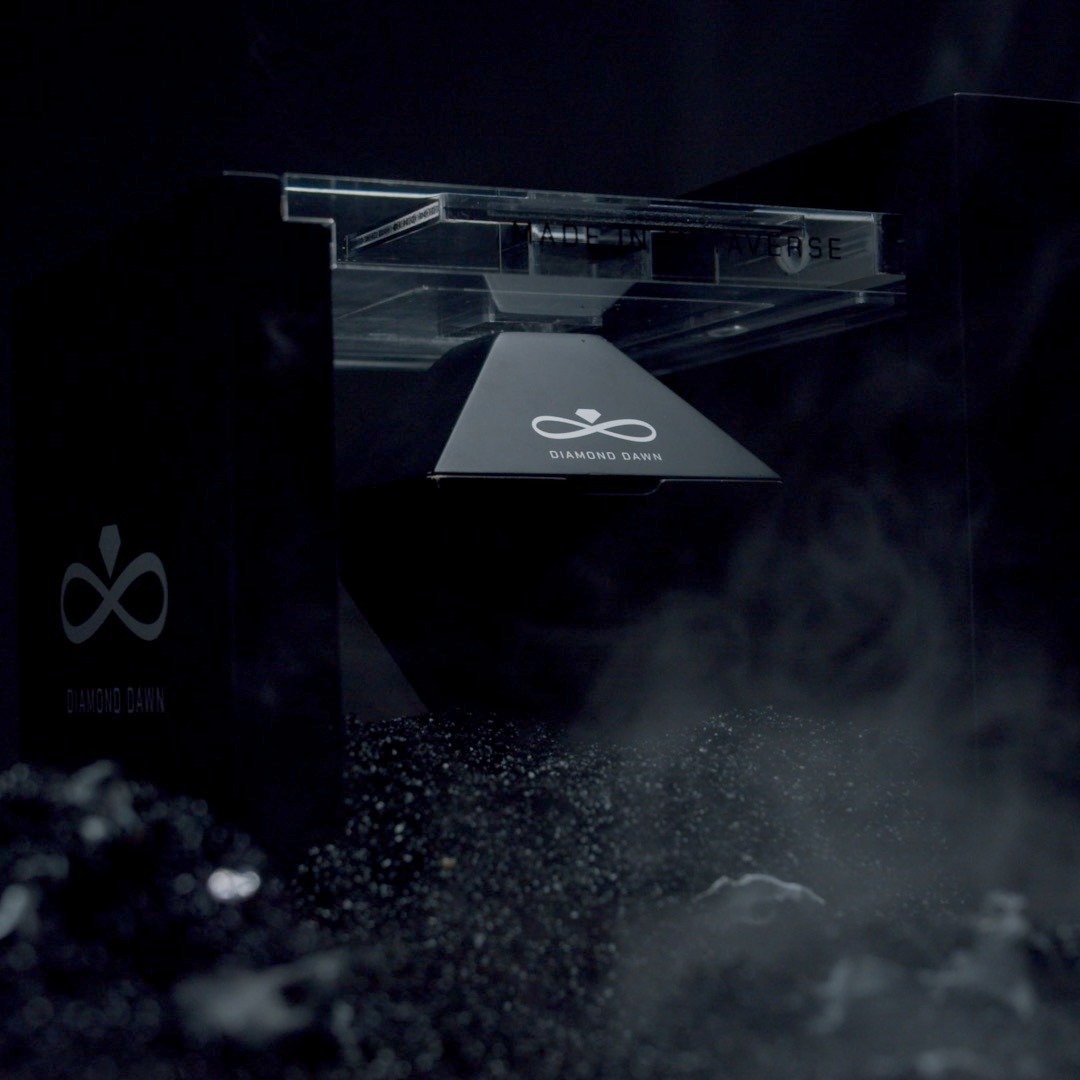333 limited edition art NFTs, each paired with a high quality, GIA-certified Cape diamond, will go on private sale January 11, followed by a public sale on January 18.
A first of its kind, Diamond Dawn is an NFT project created by Mike Moldawsky, with the collaboration of Moldawsky Diamonds, renowned artist David Ariew, and Tony Herrera, an experienced entrepreneur and innovator in the web 3.0 space.
The project uses blockchain and NFT technology to promote the transparent and ethical sourcing of diamonds.
It is the brain-child of entrepreneur Mike Moldawsky, of the well-known Moldawsky family, steeped in the history of the diamond industry.
David Ariew is one of the most prominent NFT artists in the world, recently selling an NFT artwork at Sotheby’s for $224,000. He designed 2 of the 3 Beeple X Madonna NFTs, and has collaborated with top artists who include Katy Perry, Zedd, and Deadmau5.
Tony Herrera is a visionary with a long track record of building and innovating in the fields of cryptocurrency, blockchain, and NFTs. He is a founding member of Galaxis, and of several DAOs dedicated to the metaverse, including MeebitsDAO, NeonDAO, and ReadyPlayerDAO.
The Diamond Dawn NFT project
Diamond Dawn is a project that matures over a 6-month period. The four phases of the project are similar to those of the natural diamond processing that takes place in the real world.
All of these steps are performed through an interactive interface designed by Asaf Snir, an expert with 15 years in website design specialising in unique visual experiences and parallax technologies.
In the first phase, the collector will mine a digital Rough Stone in Diamond Dawn’s virtual mine. Two further phases enable the collector to evolve their diamond until it reaches the perfection of the digital diamond designed by David Ariew.


Box opening – a luxury design by Moldawsky that weighs 8kg and measures 25*25*25 cm
The fourth and final phase is when the collector has to make the choice of whether to keep the virtual digital diamond, or whether to have it transformed into its physical diamond form.
If they choose the physical diamond, they will receive a limited-edition art piece in the form of a GIA-certified diamond created by Moldawsky. The physical diamond will have exactly the same attributes of colour, shape, and carat weight of the NFT diamond.
One very important aspect of the project is that the NFT that backs the physical diamond is then destroyed by being burned. This will then give greater scarcity value to the remaining NFTs, potentially having the effect that they become more valuable than the physical diamonds themselves.
The diamonds are stored at the Moldawsky Diamonds vault, inside of the Israel Diamond Exchange, which is the largest diamond exchange in the world.
Aims of the project
Primarily, the Diamond Dawn project looks to demonstrate the power and ability of decentralised NFT technology to solve the very real problem of certification fraud and manipulation in the $100 billion diamond industry.
Also, the fact that blockchain and NFT technology is able to certify and verify a diamond’s provenance, will enable the tracking of diamonds mined in conflict areas, known as blood diamonds. This in turn should lead to the transparency and ethical sourcing of diamonds that the industry sorely needs.
Secondly, the project seeks to find the value balance between the physical real-world asset, and the virtual-world twin in the form of its paired NFT.
The market, in the form of the Diamond Dawn collectors, will decide whether to own the physical diamond, or its digital representation. How many of the 333 NFTs will need to be burned before the value of the NFT becomes akin to that of the physical diamond? Which one will end up being worth more?
Further information
The Diamond Dawn project is only available through a submission process on the official website. If accepted as a collector, an individual is then given two invitations which they can share with other potential collectors. This keeps the process fair, and allows the public to form the collector community rather than the project team itself. There is a limit of two NFTs per collector.
Those wishing to find out more about Diamond Dawn can also watch a short introductory video of the project on the Diamond Dawn Twitter account.
Disclaimer: This article is provided for informational purposes only. It is not offered or intended to be used as legal, tax, investment, financial, or other advice.

